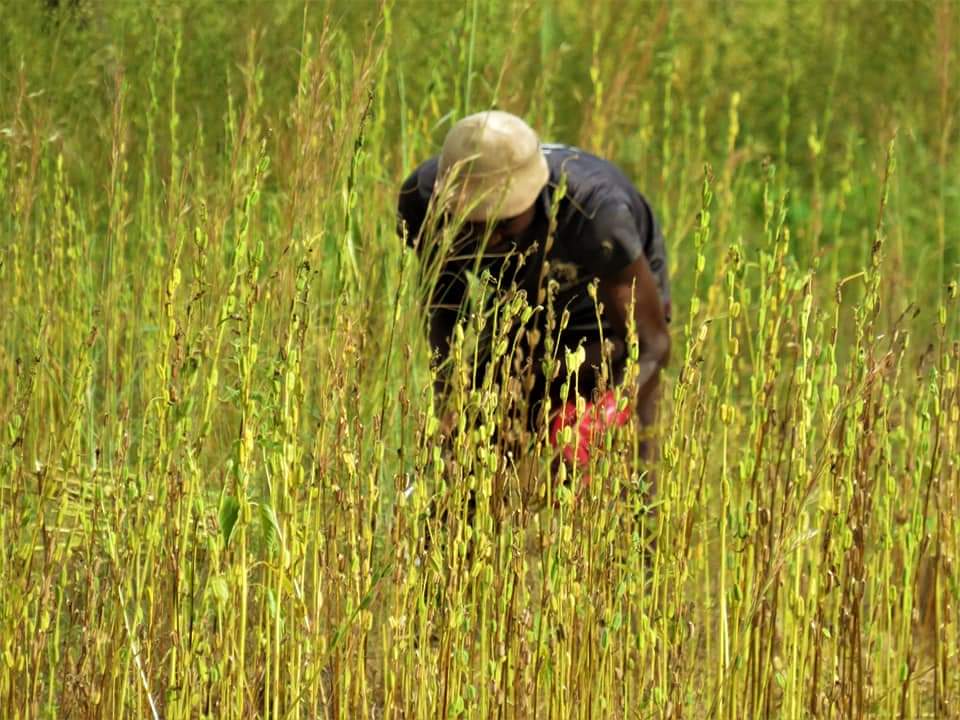By Mohammed Balu
Tumu (UWR), Nov. 25, GNA – Most farmers in the Sissala enclave are shifting to sesame and soya bean farming due to the high cost of maize production in recent years.
The situation could affect maize production in the Sissala area, which produces over 100,000 metric tonnes of maize yearly.
Mr Doho Sumaila, a commercial farmer in Sissala East, told the GNA that the effect is already eminent now and having a significant toll on maize production.
He said Sesame was introduced to farmers in the area in 2020 whilst soybean came to the attention of the farmer around 2018, which most farmers were now patronizing more than maize production.
Mr Doho said the land tenure system allowed for shifting cultivation and the fact that many people have a high interest in farming these days had made those farms stagnant, as the same land cannot be expanded anymore.
He explained that the cost of production per acre of maize has given rise to the shift in other crops and showed in a cost-benefit analysis scenario.
According to him, the cost of production for an acre of sesame was GH¢1, 420.00 with an average yield of three bags of 100kg, which now sells at GH¢1500.00 per bag, amounting to GH¢4,500.00 when sold and that leaves a profit the farmer at GH¢3,080.00 per acre.
Mr Doho indicated that for an acre, the cost of production stood at GH¢1,655.00 with an average yield of seven bags of 100 kg and that at the current prevailing selling price of GH¢450.00 per 100kg, which is more profitable.
With the same approach to maize, the cost of production per acre stood at GH¢4,520.00 and one could harvest an average of sixteen 16 bags per acre, which could result in net revenue of GH¢370.00 and this brings the net revenue mobilized per acre at GH¢5,550.00.

Mr Doho said if the trend continued, it had the potential to reverse the gains made in food security, particularly for maize which is used as a staple food in Ghana, the poultry and the brewery industries.
He said that the government must consider working on the road network to the maize-producing areas, and make inputs such as improved seeds and fertilizer readily available to the farmer as all of these factors affect production, including the absence of warehousing.
He advised the government to engage farmers actively since the major market for sesame and soybeans currently were those from the Sahel.
A smallholder farmer Mr Narima Abudu, who bought a tricycle out of the five acres of sesame he cultivated, said he would now have to cultivate less maize just to concentrate to feed his family.
Mr Samuel Akwetteh, the Sissala East Municipal Crop Officer at the Department of Agriculture, said in 2020, the Sissala East produced 82,295.1 tonnes of maize, and in 2021 it produced 107,806.5 whilst 2022 recorded an actual maize production of 120,204.2 metric tonnes without other private productions captured.
The statistics show that maize production was still increasing despite most farmers shifting to sesame and soya production.
GNA